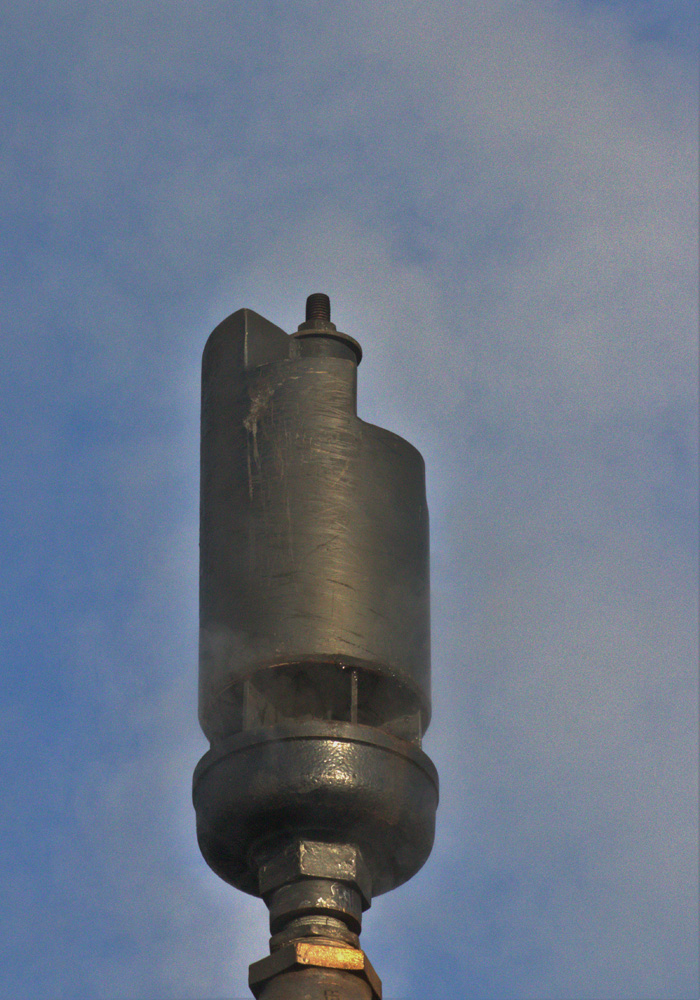
Q: When did the grade crossing whistle signal change from two longs and two shorts (— — o o) to two longs, a short, and a long (— — o —) and under what authority? I model 1907 and I have several early rule books that all have it as two longs and two shorts. […]
Read More…
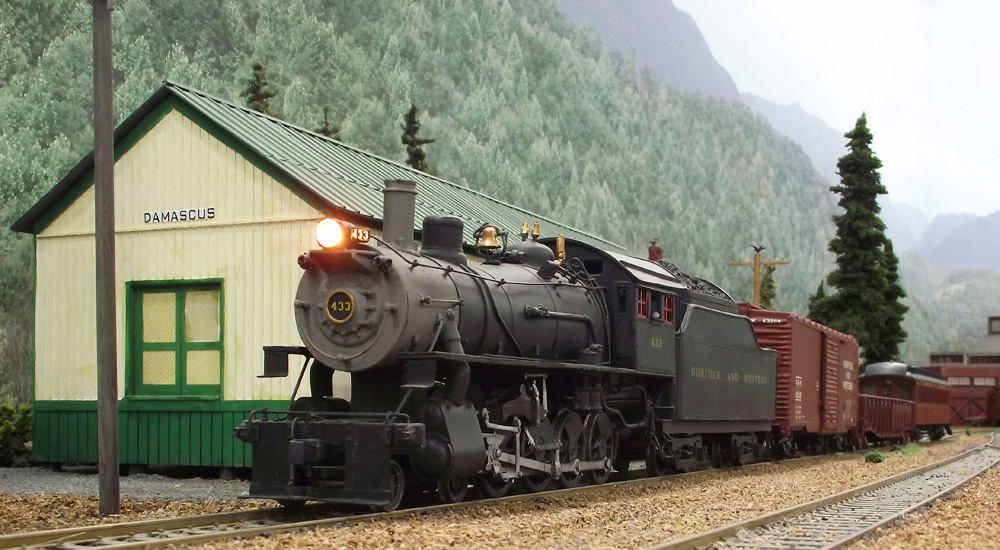
Q: Do the passenger cars in mixed trains go in front of the freight cars, or vice versa? — Stanley Lachac A: As is so often the case in questions about railroading, the answer is, it depends. As I wrote in my answer to Joe Mizell’s question in the February 2020 “Ask MR,” a mixed […]
Read More…
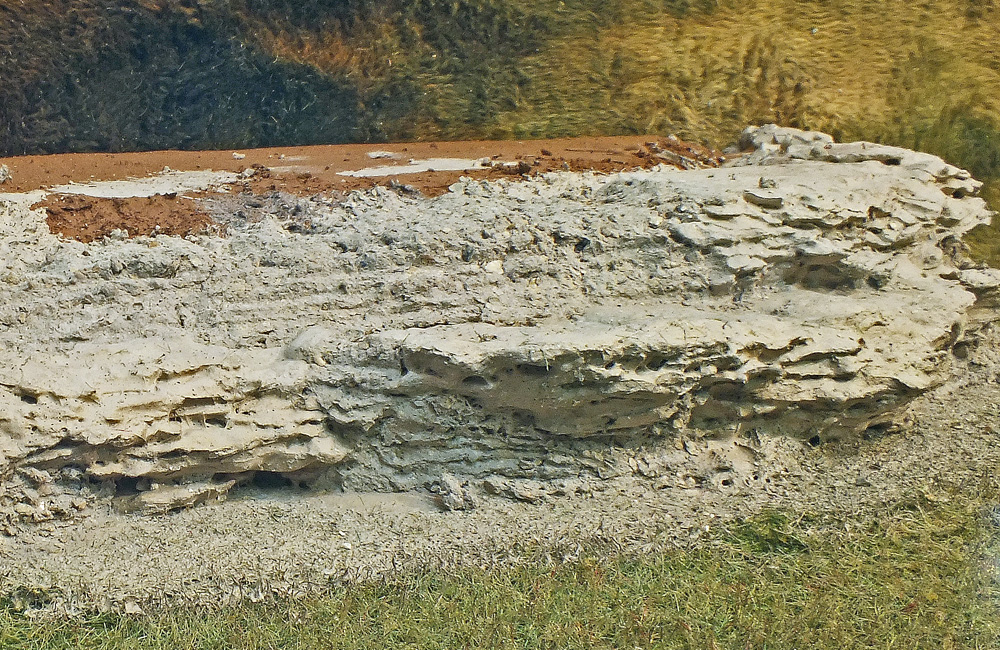
Q: What can I do to make natural scenery products safe for my layout? I’m starting an HO layout in my home and have collected several pieces of tree bark and other plant pieces which I hope to incorporate into the scenery on that layout. I’ve kept these items in a closed dark plastic garbage […]
Read More…
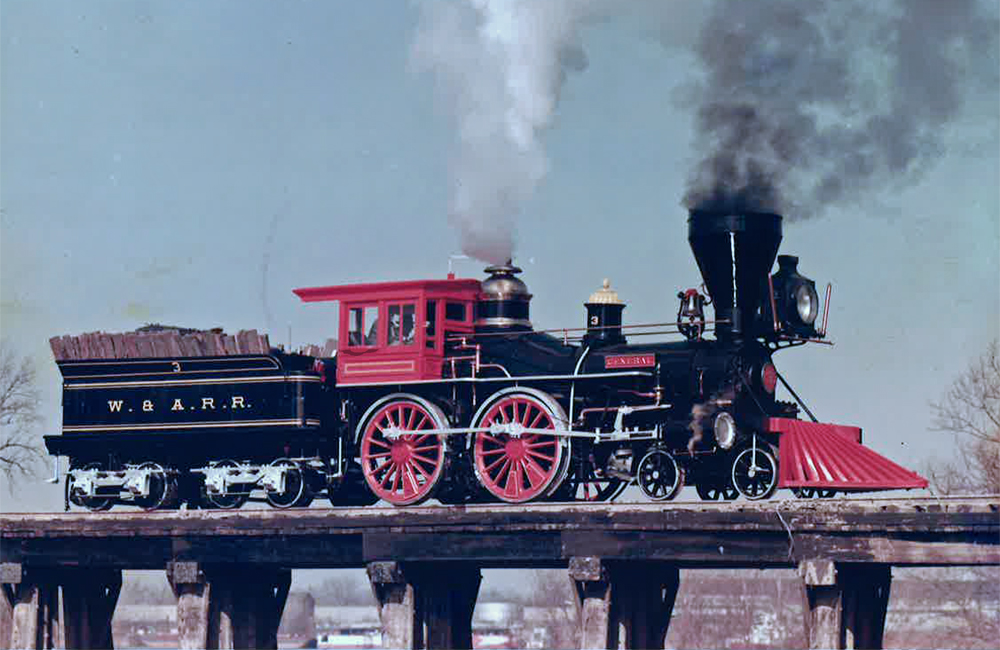
Q: I’m familiar with where the water filler is on more modern steam locomotive tenders. But I don’t see a similar place for water to be taken in on the old wood burning engines, like The General. Can you enlighten me? — Robert Taunt A: The General was a 4-4-0 American-type steam locomotive belonging to […]
Read More…
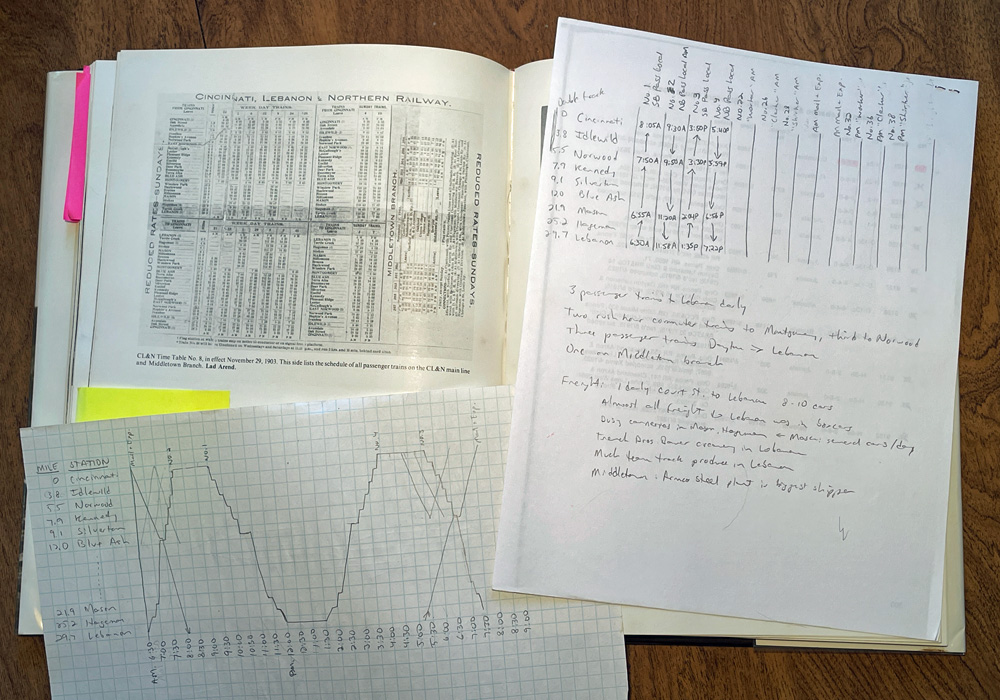
Q: Did short line railroads use timetables for such loads as logs, lumber, cattle, grain, merchandise, and the like for short distances such as 100 miles or less? For example, is a timetable necessary for a train running back and forth between a log landing site and a small lumber mill? — Russell Brenchley, Cottage […]
Read More…
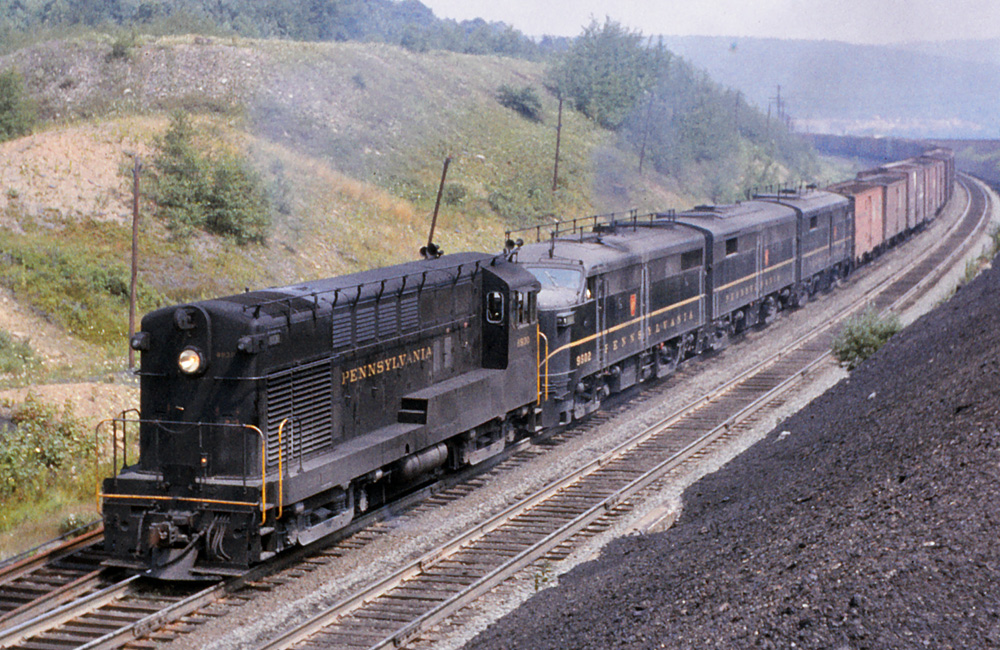
Q: What are the bars on top of Pennsylvania RR diesel locomotives for? Are they for radio? — Damien Bouchey A: Those aren’t for radio, though they served the same function — communication. Those are Pennsylvania RR Trainphone antennas. In the mid-1930s, the Pennsy was looking for a more efficient way for dispatchers and towermen […]
Read More…
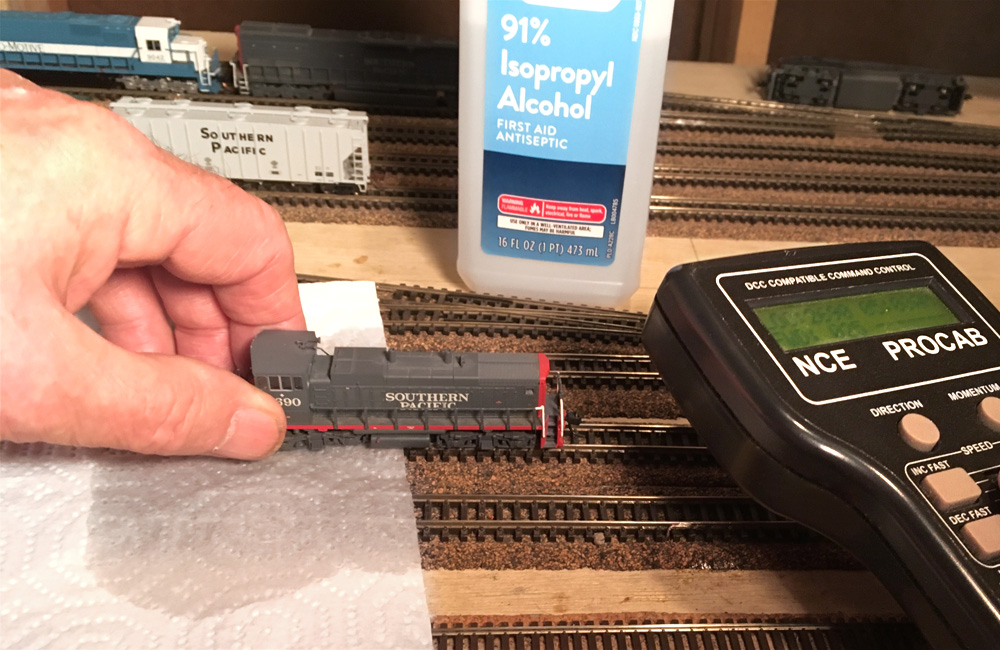
Q: I have heard of some of the uses for alcohol in model railroading, such as cleaning parts, removing paint, and track cleaning. Are there other uses I’m not aware of? And at what strengths would be used? — Ron Buddemeier A: Isopropyl alcohol is a fairly strong solvent, and as such, there are a […]
Read More…
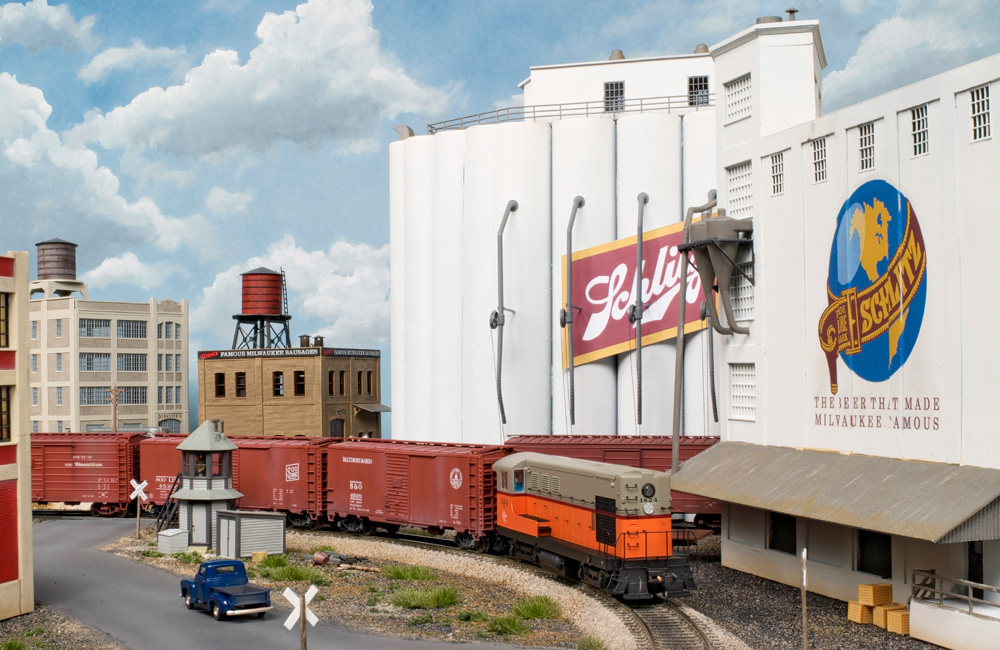
Q: I am modeling the Milwaukee Road’s Beer Line in HO scale. Which trains worked the Beer Line, and what were the train numbers they used? I can’t find any information on the internet. They didn’t just call them “Midnight Beer Train” or “Elevator Job,” did they? — Jerry Lane A: The Beer Line is near […]
Read More…
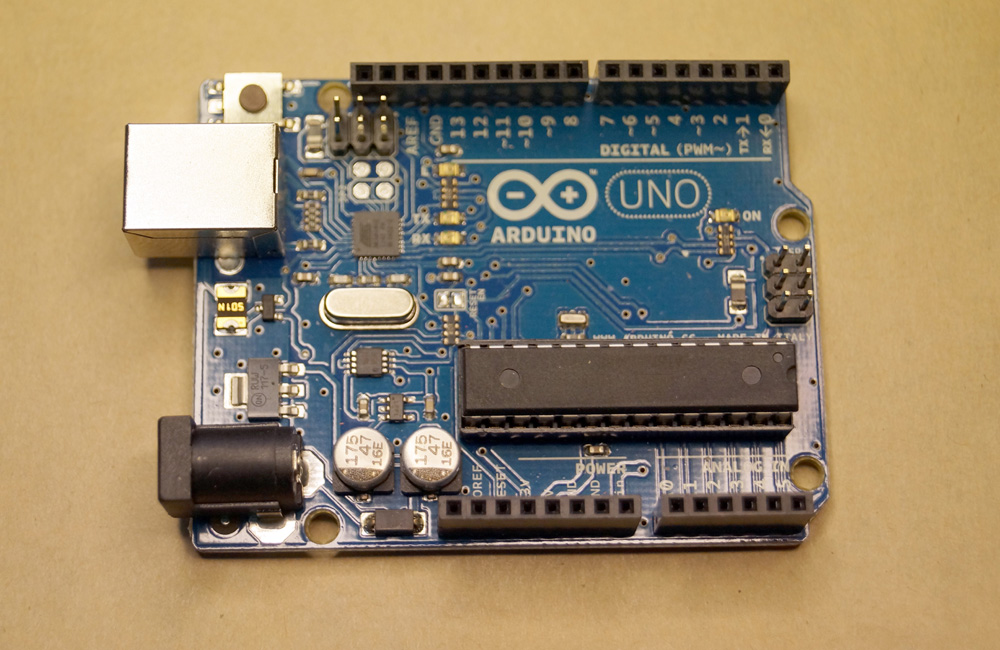
Q: In your Ask MR question “Is there a way to automatically slow DCC locomotives?” you mentioned Arduino, a DCC-connected programmable system. Is that like Java Model Railroad Interface (JMRI) software, and if so, how do the two compare? — Bruce Fogwell A: Hi, Bruce. Arduino isn’t software — it’s hardware. An Arduino is a tiny computer, […]
Read More…
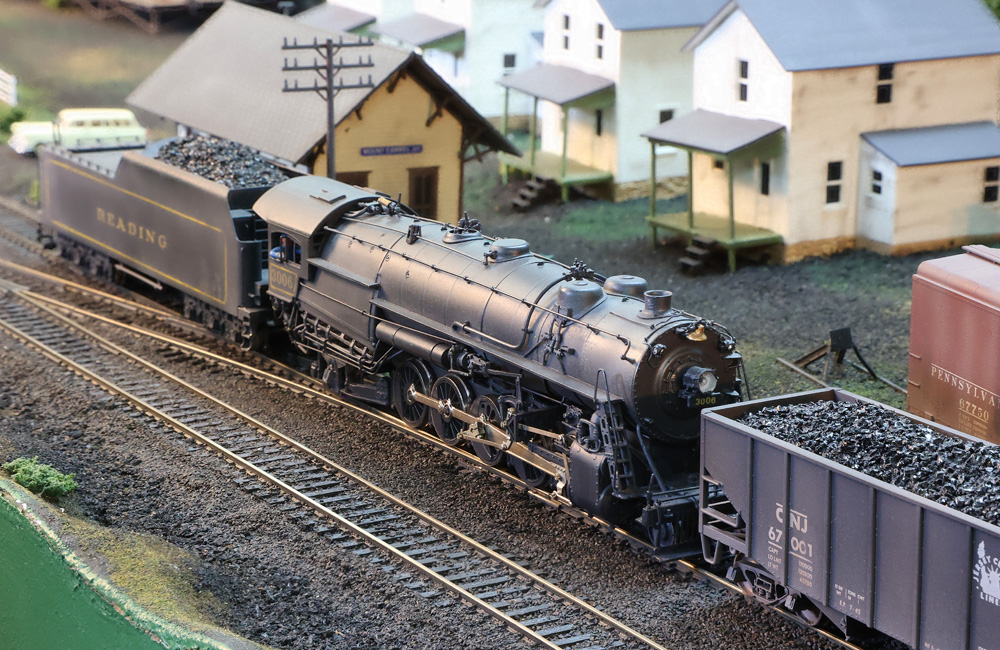
Q: I’d like to know how trains turn around at the end of a branch line in the caboose era. I have great affinity for turnaround operations and am designing a new N gauge layout that might feature several of these operations. How do the crews manage to reattach the caboose on the end of […]
Read More…
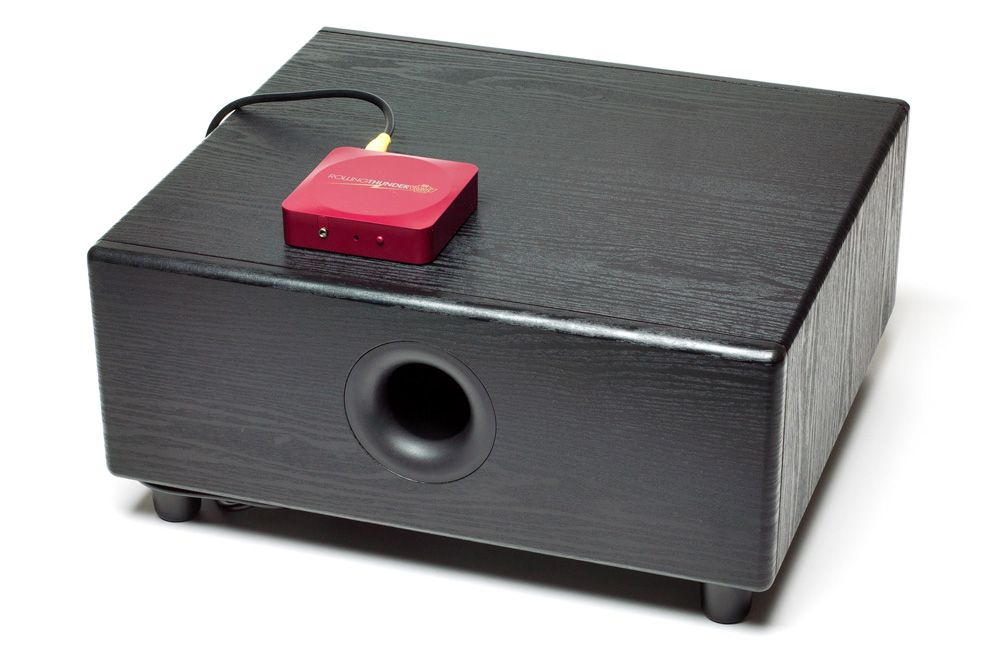
Q: I’m considering converting my N scale diesel fleet to DCC. I have a concern about getting realistic sound in N scale locomotives. On videos of model railroads I have watched, the diesel acceleration and running sound seems to feature the high-pitched whine of the diesel generators. When I railfan real diesels around the Pittsburgh […]
Read More…
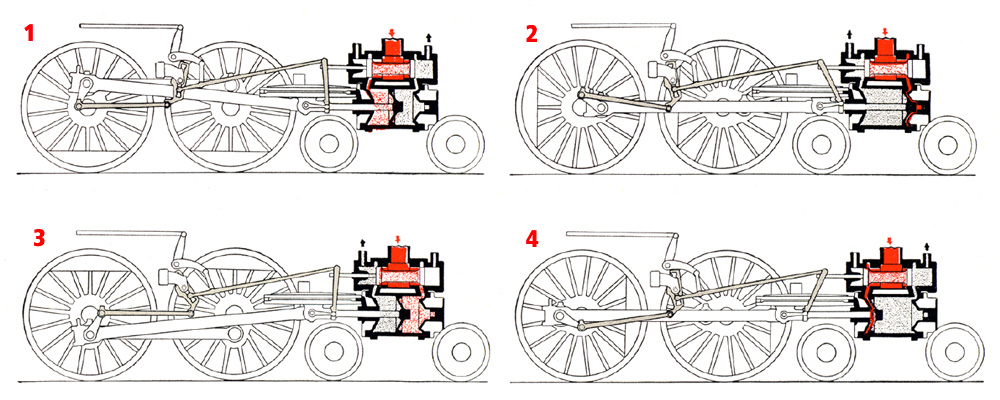
Q: What causes a steam locomotive chuff sound? — Tom Huckaby A: Whether you call it a chuff (the railroader’s term), puff, or chugga-chugga, that distinctive sound is made by spent steam and exhaust smoke escaping through the smokestack of a steam locomotive. For a more detailed explanation of what’s going on in a steam […]
Read More…












